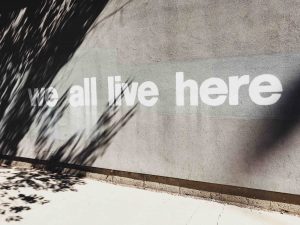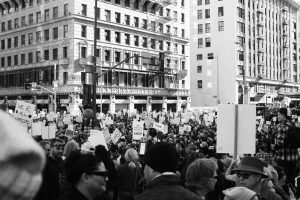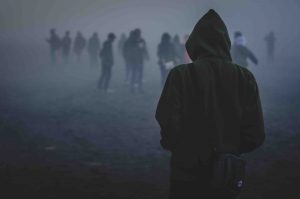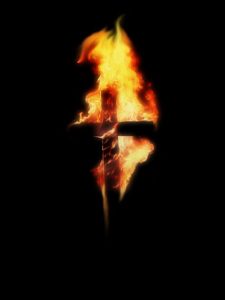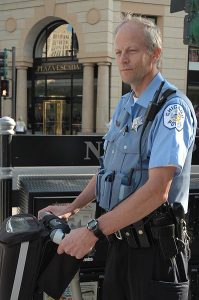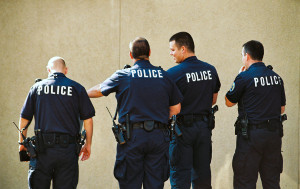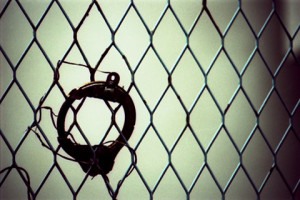Many residents of Chicago and the surrounding area view violent crime as something completely out of their control. Fighting violent crime in Chicago takes the coordinated effort of police and residents of the city.
So far this year, shootings and homicides have a downward trend according to police. To date, there have been 44 homicides compared to 80 at this point in 2018. That is a decrease of 55%. In January and February of this year, there were 214 shootings. The first two months of 2018 experienced 282. The number of people who were shot decreased to 253 in 2019 from 345 last year. There have been 40% fewer homicides compared to the same period last year.
Though the numbers have been dropping, Chicago is still plagued with a disproportionate amount of crime when compared to many other cities around the country. A violent crimes defense lawyer will be able to help with your case if you have been charged or arrested.
 Chicago Criminal Lawyer Blog
Chicago Criminal Lawyer Blog


